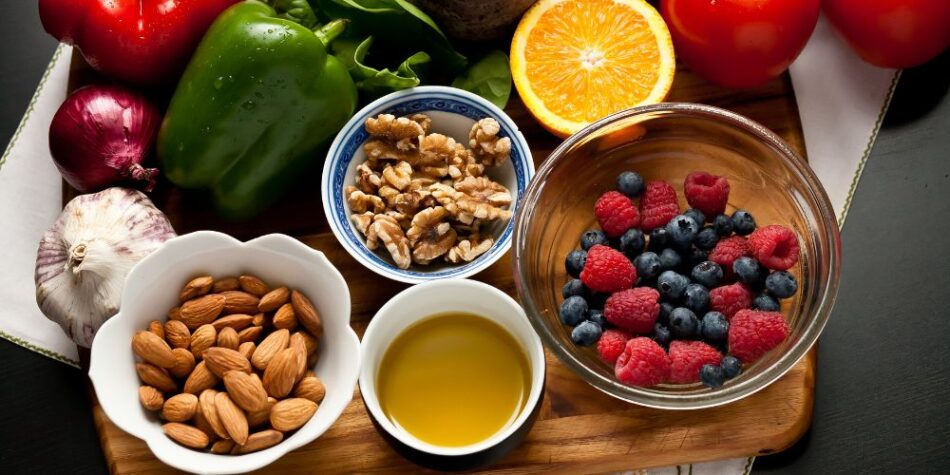There’s a good reason why the topic of inflammation is hot right now. However, two types of inflammation have different effects on the body. Acute inflammation aids in our recovery from injuries and common colds and flu. Chronic inflammation is a long-lasting, low-grade inflammation that is brought on by outside aggressors and lifestyle factors like stress, a sedentary way of life, a lack of sleep, an imbalanced diet, and too much body fat. Chronic inflammation over time can cause bothersome symptoms like joint pain, gastrointestinal problems, brain fog, and elevated blood pressure. On the other hand, managing your chronic inflammation levels can help reduce your chance of developing chronic diseases, boost Your Immune System and improve your general health.
If you want to assist reduce your body’s inflammation levels, add some of these more economical ingredients to your grocery list.
1. Canned Fish

In my cupboard, I always have tuna, salmon, and sardines in cans. I frequently use it as a protein source in spaghetti dishes or casseroles for dinner or in quick tuna salad lunches. The fact that canned fish makes eating seafood more affordable and enables me to increase my intake of inflammation-fighting omega-3 fatty acids is one of the things I appreciate most about it.
2. Frozen Greens

Dark leafy greens are one of our favorite foods at EatingWell because they are a great source of fiber, vitamins, and nutrients that can help maintain bone health, improve brain health, and reduce the risk of chronic diseases. However, their short shelf lives may result in food waste, which eventually results in money being squandered. Instead, opt for frozen collards, kale, or spinach to make them cost less and last longer so you can benefit. Other excellent cruciferous veggies are broccoli and Brussels sprouts, which are usually accessible in the freezer department.
3. Brown Rice

You’ve probably heard that eating more whole grains is a good idea. Fact, Dietary Guidelines for Americans for the years 2020–2025 advise getting half of your grain from whole grain sources. On the other hand, exotic grains like quinoa, bulgur, and amaranth can be expensive. In this situation, brown rice is useful. It is quite inexpensive, keeps for years in your pantry, and it can help you enjoy the advantages of eating more whole grains, including, of course, improved Heart Health, a decreased risk of diabetes, and a decrease in inflammation. I like to prepare a sizable pot of brown rice at the start of the week because it takes a little longer to cook. When I cook it, I’ll occasionally even freeze it to make it last longer.
4. Frozen berries

Berries are like the candy of nature. They have a range of colors, sizes, and flavors and are juicy, sweet, and tangy. Not to mention, they are a great source of fiber and antioxidants, which help fight against free radicals and lower inflammation. However, fresh berries are often highly pricey and don’t keep well in the refrigerator. That’s why I usually always choose frozen berries instead. They cost a lot less (usually for a bigger portion), last a lot longer, and have a ton of uses. It’s the one frozen item I never buy and take home.
5. Beets

There are several reasons why root veggies are fantastic. When roasted, they offer a delightful blend of sweet, savory, and earthy characteristics. They keep well in the fridge compared to other fresh vegetables. Due to the phytochemicals known as betalains that they contain, beets in particular have a potent anti-inflammatory impact. Sweet potatoes, carrots, and cauliflower are further honorable mentions that are high in antioxidants.


